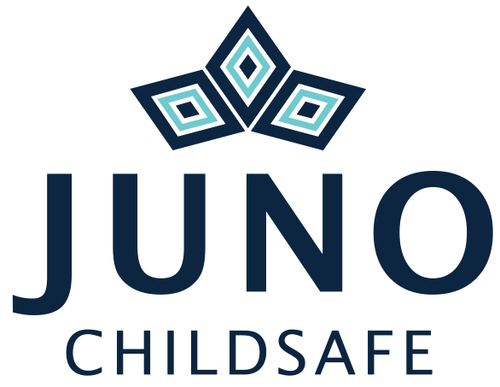Transcript of interview between Dr Annette Katelaris and Dr Ruth Barker. Part 2 of 3.
Dr Ruth Barker is an emergency paediatrician at Brisbane’s Mater Children’s Hospital, Director of the Queensland Injury Surveillance Unit and a member of Standards Australia Committee for child-resistant packaging.
Part 1 - One child every eight minutes treated in US emergency departments for medicine poisoning
Part 3 - Parents in the dark about dangers lurking in the cupboard
AK - Safe Kids Worldwide, an international group that looks at keeping children safe, last year published data (1) showing that the medication that the children were taking usually belonged to a grandparent or a mother; 38% of the time it was a grandparent and 31% it was the mother. Do you think that’s the same in Australia?
RB - I think in Australia it’s hard to compare that directly. From what I see in the emergency department we certainly do see a number of children who swallow liquid preparation medications which are intended for children, so if not that child, then other children within the family. When we did a small project some years ago looking at solid-formulation medication, there was a higher proportion of those medications that were intended either for the parent or the grandparent, and when you start looking at the solid-formulation medication you’re getting bigger doses and you’re tending to get more toxic medication, things like anti-hypertensives, anti-psychotics and anti-epileptics, which are really very toxic for kids.
AK - So the data also shows that most poisonings, in fact 96% of poisonings, happen in the home. What can parents do to stop this happening?
RB - I think one of the big frustrations I have had is that the prevention messaging has largely been around keep out of reach of children, and the problem is that this is failing on many levels. So for a start, if you keep all of your medication up in a locked cupboard; that’s fine but no one would ever take it if it’s always in a locked cupboard, so you have to get it down at some point to access the medication to either to give it to some child in the family or take it yourself. I think that most people don’t store regular medications up in a high locked cupboard. They probably store their occasional medications in a locked cupboard for some portion of the time. I certainly have seen young children who have climbed up on a chair, opened the cupboard and then got medication down. So even storing it in a high cupboard doesn’t mean that it’s actually out of reach of young kids, and then many of the children that I see, they’ve accessed medication whilst it’s been on the kitchen bench, in handbags, being packed, being unpacked. So any medication for some period of the time has to be accessible to kids at some stage, so you need different strategies that try to prevent the kids from actually getting into the medication.
AK - Tell us about those strategies.
RB - So one of the strategies is effective child-resistant packaging; so child-resistant caps on containers that actually work and that are actually properly re-engaged after use, child-resistance blister packs which we developed a new standard for those some years ago but that still hasn’t been implemented. It is implemented in some countries for some select medications. So what I mean by that is, a second layer of paper or stronger foil across the back of the blister pack so that you can’t just bend the blister pack and pop the tablets out, you need a two-stage process to actually get the tablets out, and then I guess having some kind of container that you can put the medications in where maybe the medications are visible but they’re in some sort of locked container. So some families use small lockable containers that they can put in a cupboard or they can put in a fridge, and then they can get that out, unlock the container, access the medication and then pop it away without having to get up on a stool up to a high cupboard, that sort of thing.
AK - And you’ve had a look at the Juno ChildSafe. Do you think it would fulfil that role?
RB - I have and I think that it certainly has an accessory role on top of those other issues around child-resistant packaging that I’ve been talking about. The beauty of the Juno is that it takes that lockable box that you might put in the fridge or in the cupboard and it shrinks it to something more portable, because there certainly is a niche for when families travel, what do they do with their medication that is potentially toxic, how do they travel safely with that medication? And it’s not only medication, I can also see a role here for things like hearing aids for all ages. We certainly have little kids who wear hearing aids, kids who have cochlear implants and older patients who wear hearing aids, so a safe place to store the hearing aid with the battery. As I said earlier, the batteries can be particularly toxic if ingested and also if poked in an ear or nose, and so that’s a big issue that we’re fighting at the moment.
Source:
1. Safe Kids Worldwide - Keeping Families Safe Around Medicine (March 2014)
Part 1 - One child every eight minutes treated in US emergency departments for medicine poisoning
Part 3 - Parents in the dark about dangers lurking in the cupboard
